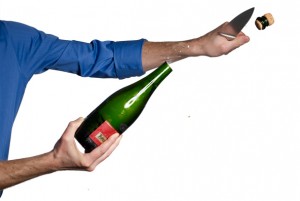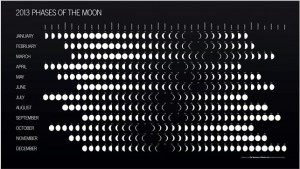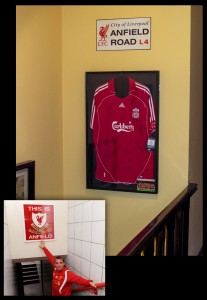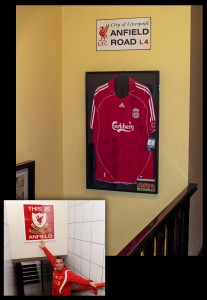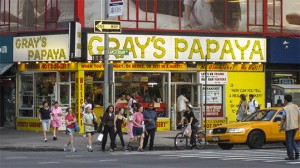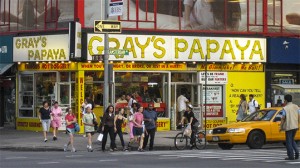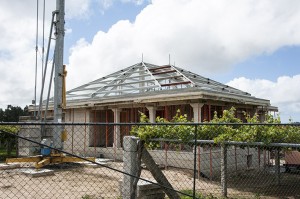Spanish webcast
January 11th, 2013 | Denomination
 As many of you will know one of my big passions is photography, and by way of personal education I often participate in webcasts of the various software suppliers. The reality of a webcast is that it’s pretty much like watching a video, with the exception that there is (in theory) the opportunity to interact and ask questions. It’s a nice idea but pans out rather like a radio phone-in whereby the chances of getting your own questions answered are fairly remote. You do however, feel like you are at least participating first hand, almost like you are part of some exclusive club – it works pretty well.
As many of you will know one of my big passions is photography, and by way of personal education I often participate in webcasts of the various software suppliers. The reality of a webcast is that it’s pretty much like watching a video, with the exception that there is (in theory) the opportunity to interact and ask questions. It’s a nice idea but pans out rather like a radio phone-in whereby the chances of getting your own questions answered are fairly remote. You do however, feel like you are at least participating first hand, almost like you are part of some exclusive club – it works pretty well.
So my point? Well, only yesterday I received an invitation from an office, financed by the Spanish government (that will remain nameless), to take part in a video conference about selling wine abroad. Fantastic I thought, we are finally moving forward as an industry and coming up with some creative, original ideas….. so let me take a closer look I thought to myself.
OK, so the first downside, we are required to pay 20 Euros to participate (all the other webcasts I have joined have been free), and then comes the agenda. The whole conference/video link is less than two hours in total, but then the first 15 minutes is taken up by ‘Reception & Coffee’!!! So, if you’re an online participant what exactly are you supposed to do? Sit around and watch people drinking coffee? Or maybe you’re expected to nip out to your nearest Starbucks and buy a cup so that you can join in with the reception! Whatever the answer I just found it a bit odd that an online conference (webcast) should start with a coffee break.
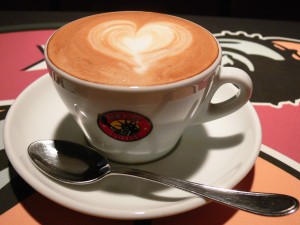 As many of you will know one of my big passions is photography, and by way of personal education I often participate in webcasts of the various software suppliers. The reality of a webcast is that it’s pretty much like watching a video, with the exception that there is (in theory) the opportunity to interact and ask questions. It’s a nice idea but pans out rather like a radio phone-in whereby the chances of getting your own questions answered are fairly remote. You do however, feel like you are at least participating first hand, almost like you are part of some exclusive club – it works pretty well.
As many of you will know one of my big passions is photography, and by way of personal education I often participate in webcasts of the various software suppliers. The reality of a webcast is that it’s pretty much like watching a video, with the exception that there is (in theory) the opportunity to interact and ask questions. It’s a nice idea but pans out rather like a radio phone-in whereby the chances of getting your own questions answered are fairly remote. You do however, feel like you are at least participating first hand, almost like you are part of some exclusive club – it works pretty well.
So my point? Well, only yesterday I received an invitation from an office, financed by the Spanish government (that will remain nameless), to take part in a video conference about selling wine abroad. Fantastic I thought, we are finally moving forward as an industry and coming up with some creative, original ideas….. so let me take a closer look I thought to myself.
OK, so the first downside, we are required to pay 20 Euros to participate (all the other webcasts I have joined have been free), and then comes the agenda. The whole conference/video link is less than two hours in total, but then the first 15 minutes is taken up by ‘Reception & Coffee’!!! So, if you’re an online participant what exactly are you supposed to do? Sit around and watch people drinking coffee? Or maybe you’re expected to nip out to your nearest Starbucks and buy a cup so that you can join in with the reception! Whatever the answer I just found it a bit odd that an online conference (webcast) should start with a coffee break.




